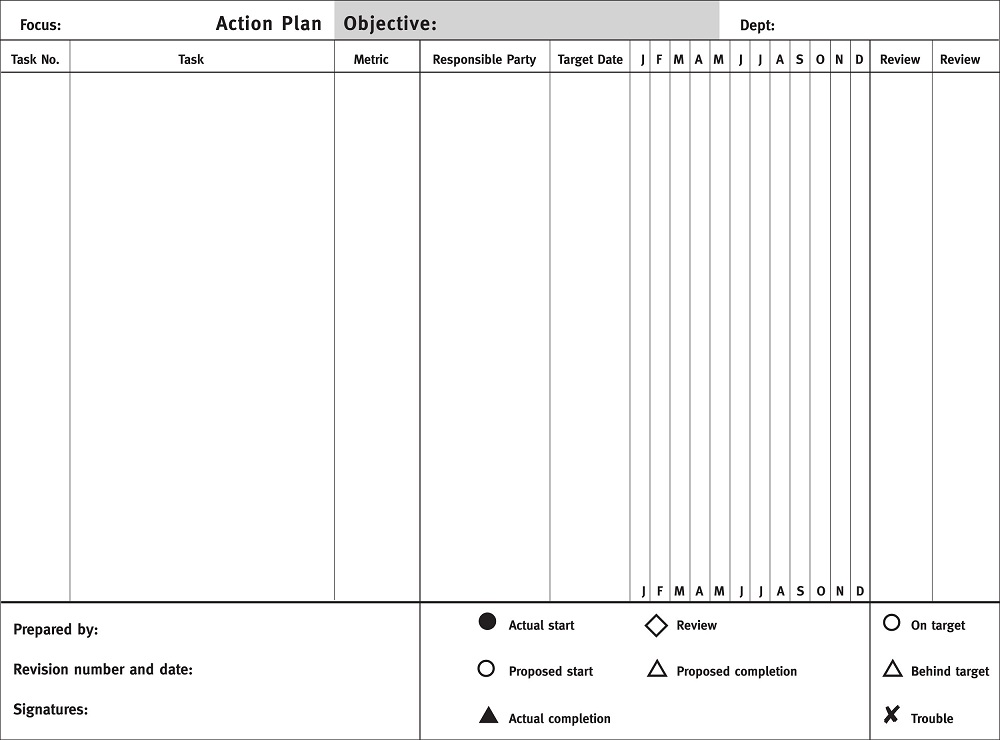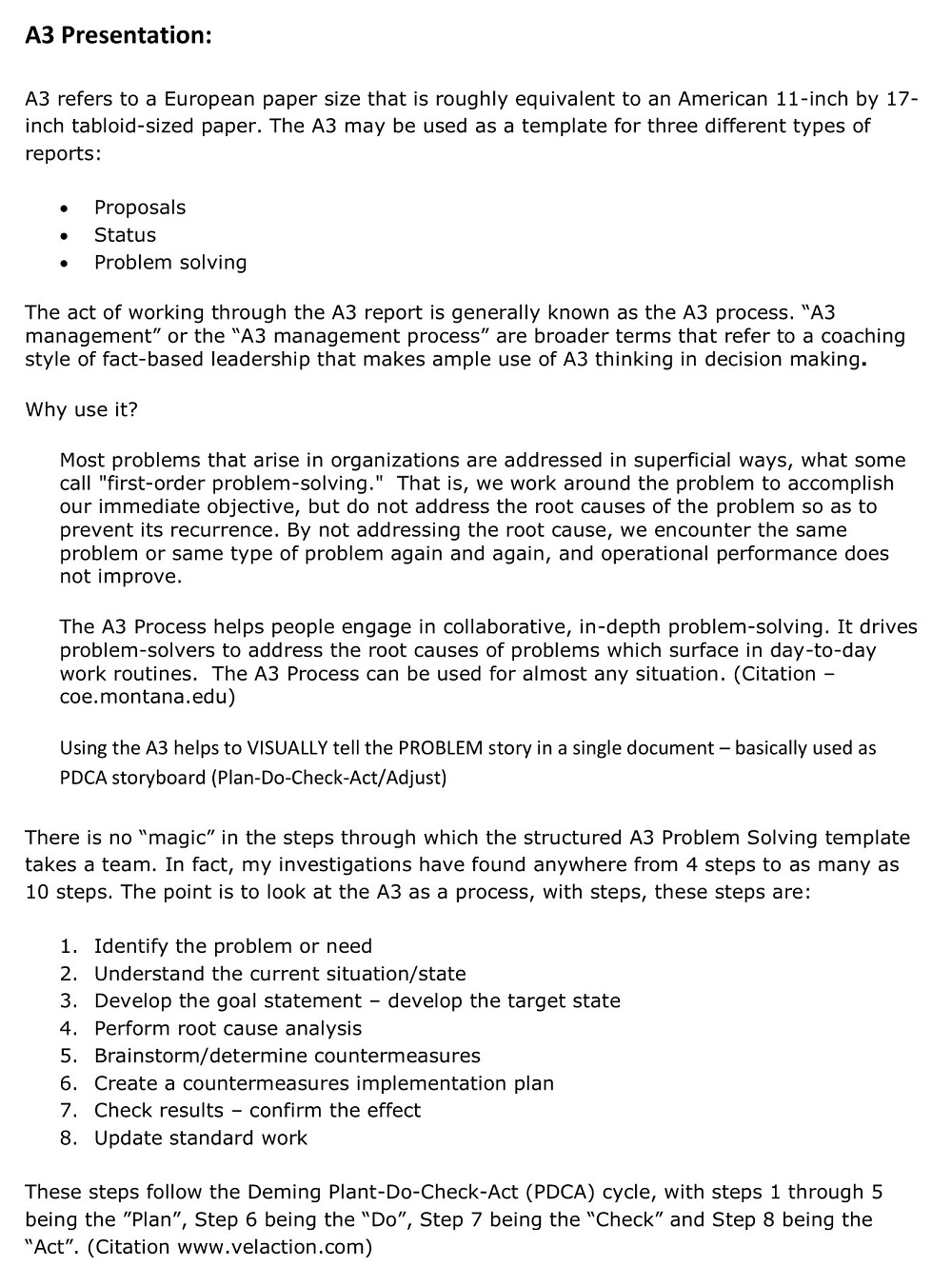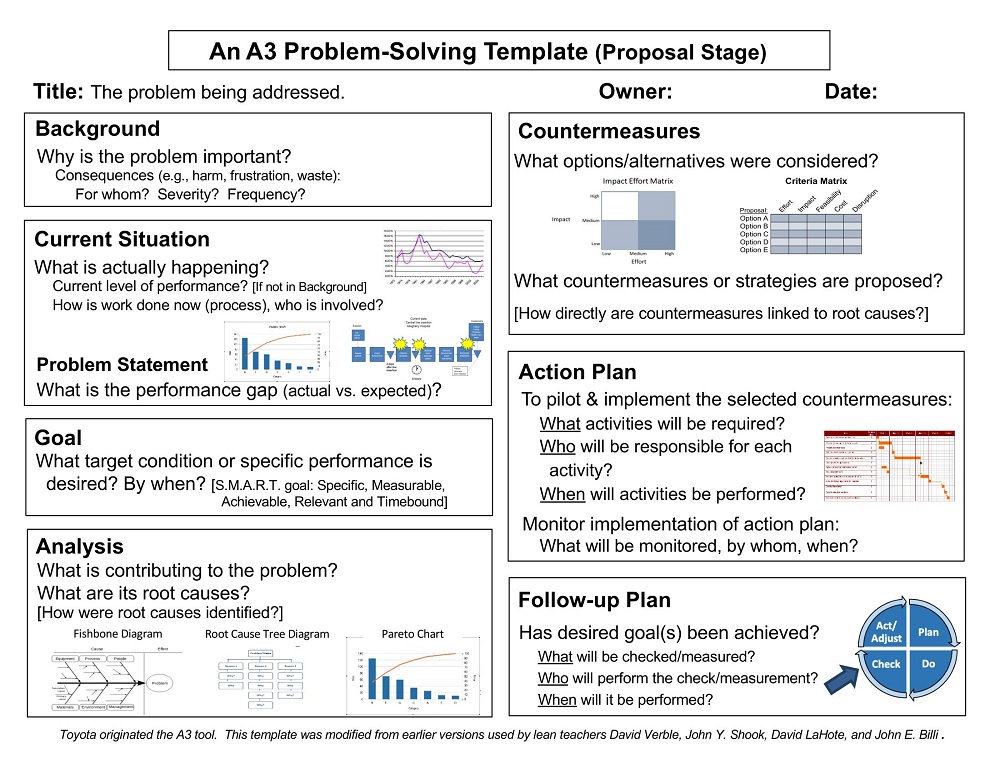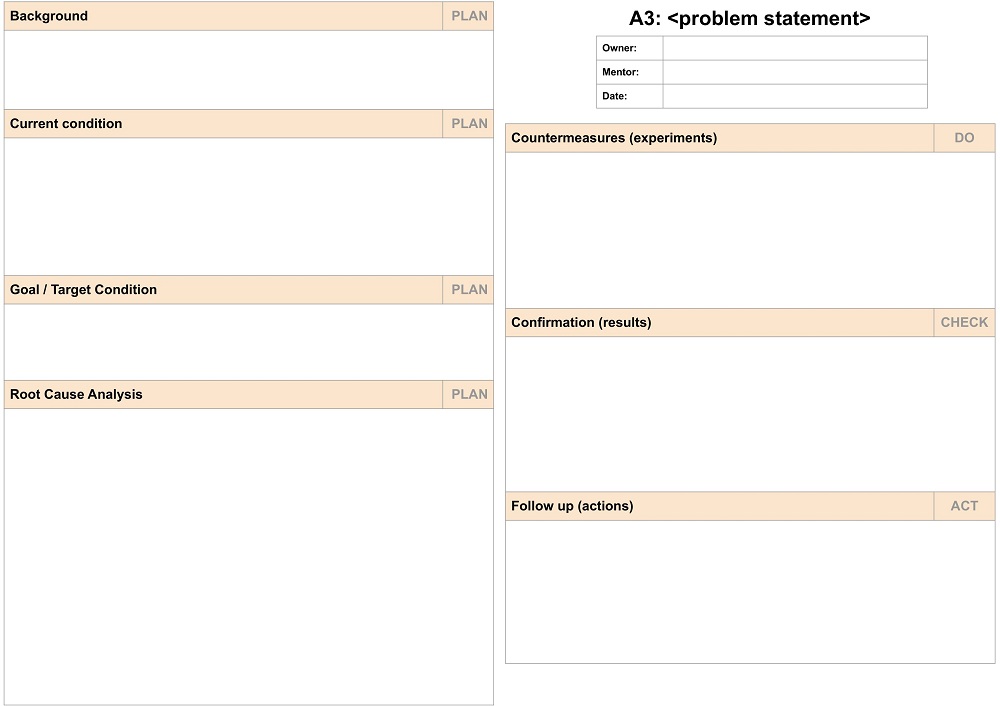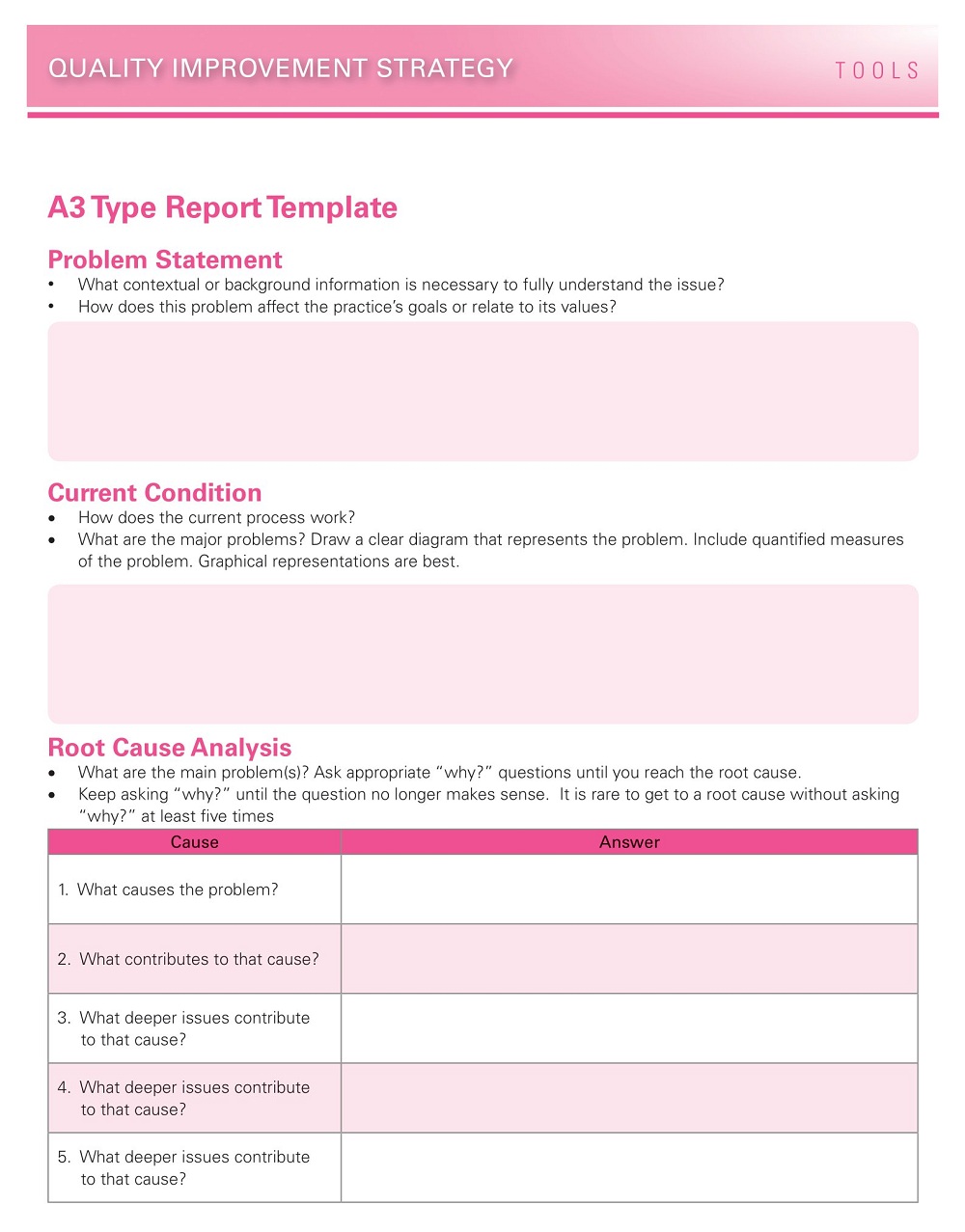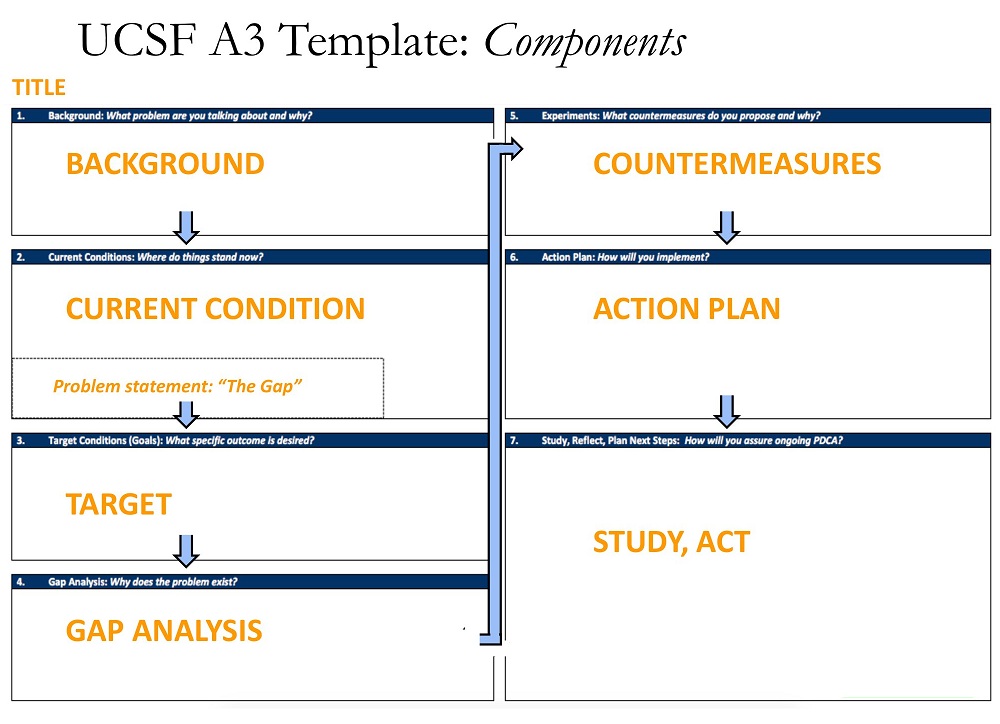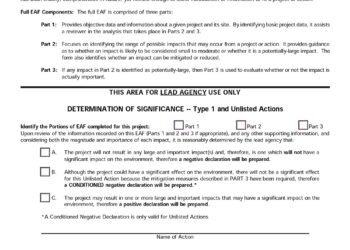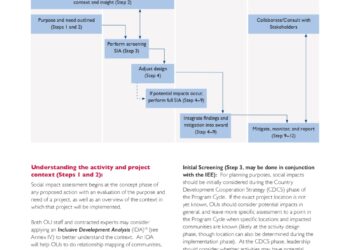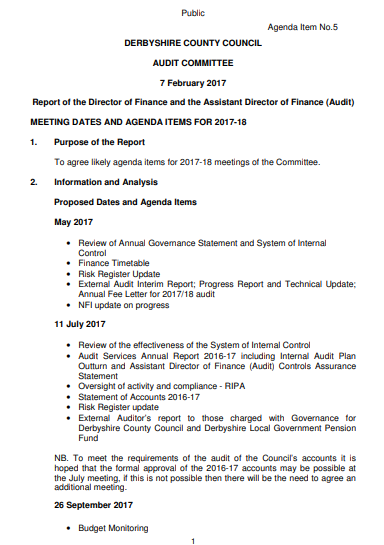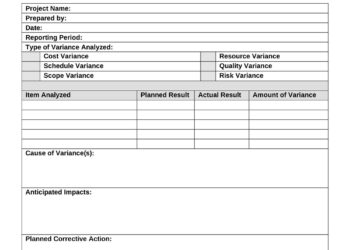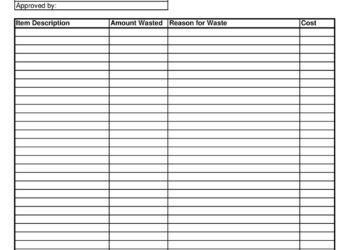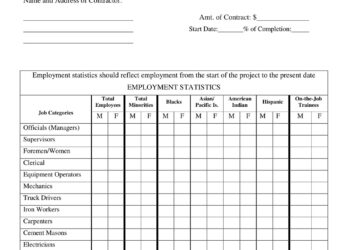A3 Root Cause Analysis Template is a tool often used in problem-solving and efficiency improvement plans. It is a structured method of breaking down the steps that led to an observed problem, so that all of the contributing influences can be identified, analyzed, and understood. This type of analysis helps to identify fundamental causes that could lead to similar issues in the future, allowing for proactive solutions and preventive strategies to be put in place.
By relying on a framework for conducting an effective root-cause analysis, teams may understand the scope and scale of their problem more fully and have clearer guidance for corrective actions. In this article, you’ll find a collection of free A3 Root Cause Analysis Templates and samples in PDF, Word, and Excel format to help you make your business effective.
Download Free Printable A3 Root Cause Analysis Templates
A3 Problem Solving Report
|
A3 Problem Solving Sample
|
A3 Problem Solving Template
|
A3 Strategy Form Template
|
Operational Lean A3 Template
|
Quick Guide to A3 Problem Solving
|
VAT Guide A3 and Root Cause Analysis
|
What is an A3 Root Cause Analysis?
An A3 Root Cause Analysis is a problem-solving methodology that has been taken from the Toyota Motor Corporation and adapted to many different business, organizational, or individual contexts. The goal of an A3 analysis is to gather data and use it to explore the root causes of a problem so that long-term solutions can be developed and implemented. This typically involves breaking the process down into several components, including understanding the current situation, creating a problem statement, listing potential root causes, establishing countermeasures for each cause, and monitoring and evaluating the results. While this approach may be complex, the time spent in finding deep-rooted solutions is often far more effective than simply addressing surface-level symptoms.
Importance of Root Cause Analysis In Problem-solving
Root cause analysis is a crucial skill in problem-solving since it focuses on engaging the underlying causes of problems rather than simply addressing their symptoms. Its importance lies in enabling organizations and teams to identify issues quickly and fix them before they become more complex or expensive to address. Not only can root cause analysis help staff identifies issues faster, but also come up with better solutions that are more cost-efficient and have less of an impact on overall operations.
Moreover, understanding the real causes can also help teams develop preventive measures that can be implemented in subsequent projects or processes to ensure similar issues don’t reoccur. Ultimately, engaging in proper root cause analysis provides a greater understanding when it comes to problem-solving by enabling teams and organizations to be able to accurately diagnose the facts and create lasting solutions that will help solve future problems quickly and efficiently.
Required Elements of the A3 Report
The A3 report is a document often created by professionals when tasked with solving a problem or striving to improve product and/or business processes. It consists of several required elements that must be included for it to be effective in achieving the desired outcomes. These include details about the current situation that may include visuals or data, potential countermeasures and their plans for comprehensive implementation and associated costs, projected goals and results along with the possible risks involved, and finally a conclusion section outlining all of the mentioned information as well as any additional comments. With these comprehensive elements as part of an A3 report, it can serve as an invaluable tool in assessing performance while helping to identify any discrepancies or areas in which improvement could be made.
How to Create an A3 Root Cause Analysis Template
When creating an A3 template, there are certain steps you should take to ensure that your analysis will be thorough and accurate. The first step is to define your problem statement as clearly as possible. This should include information about what happened, when it happened, who was affected by it, and any other relevant details about the incident or situation being investigated. Once this information has been gathered, it’s time to start breaking down the problem into its components to identify potential root causes.
In terms of formatting your template, there are several different options available depending on your needs and preferences. You could create a traditional table format where each column represents one component of the problem (e.g., people involved, timeline, etc.), or a flowchart format where each step leads logically from one part of the problem statement to another until all possible root causes have been identified and explored. Whichever format you choose, make sure that all relevant information is included so that you can easily refer back to it when needed later on in the process.
Reference Link


